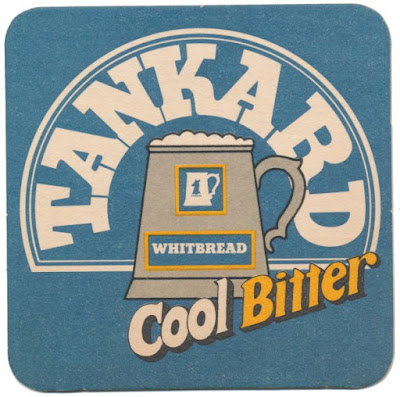It was written just when the wave of takeovers and nergerss were starting that would eventually lead to the formation of Big Six (Alled, Bass Charrington, Courage, Whitbread, Watney Mann and Scottish & Newcastle).
"Brewery Shares
LONDON. Sunday.
THE spectacular results recently announced by Whitbread & Co. show how profitable well-managed brewery organisation can be. There seems to be evidence that the post-war decline in beer consumption may have reached its lowest point, for in the past year a number of breweries have been able to return modest increases in profits, aided to some extent by lower costs of malt and barley.
Two other trends, however, have recently been evident in the industry. One the demand tor bottled beer against that of draught product — a factor in the Whitbred results — and the other is the tendency to minimise costs by the formation of larger units in the industry by way of amalgamation.
A recent very satisfactory example of this was the amalgamation of J. W. Green & Flowers. Other instances are the absorption of Tamplins by Watneys and of Portsmouth & Brighton by Brickwoods. This tendency is likely to continue and the market has been searching for possibles
It is takeover rather than amalgamation that has in the past proved profitable to shareholders. In a number of cases the offer price has approximated the theoretical balance sheet asset value, although when Duncan Gilmour. for instance, was taken over by Joshua Tetley at the price of 51s, the asset value was only 27s. The reason for this is that properties are often included in the balance sheet at figures which are well below their present-day value.
In the following suggested shares the asset value per share is generally above the market level, but owing to the conservative valuation of properties in one instance that of Thomas Ramsden based on 1898 figures—the potential value must be considerably greater. Boddingtons breweries, serving Lancashire. Cheshire, &c., have £1 shares standing at 43s. On the 17.5 per cent, dividend the yield is £7 19s Od per cent. Asset valuation per share is around 48s 3d.
The properties of John Groves & Sons, the Dorset, Hants. Wiltshire brewers, have not been valued since 1936 so it is not surprising that the £1 shares stand around 37s. with an asset value of 37s 6d. Return, meanwhile, on the 12 per cent, dividend is £6 9s 9d."
Belfast News-Letter - Monday 19 April 1954, page 1.
Why did an increase in bottled beer sales boost Whitbread? Because they sold a high proportion of beer in bottled form.One of their bottled beers, Mackeson Milk Stout, wass eben sold in its rivals pubs, like Bass and Guinness.
It's odd how many of the breweries mentioned ended up in Whitbread's hands: JW Green, Brickwoods and Boddington.
The main asset of most breweries was their pubs. Or, really, the pub licenses. New licences were next to impossible to obtain, meaning a brewery couldn't just build nmore pubs.











































































No comments:
Post a Comment